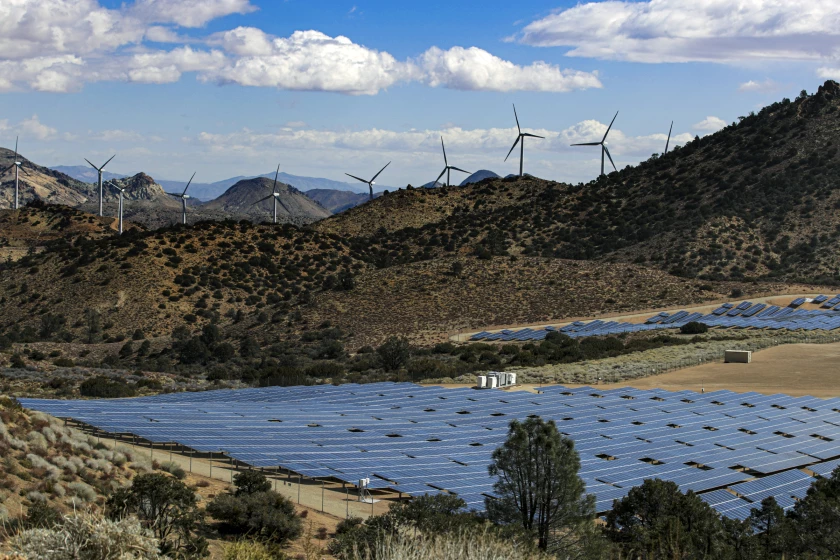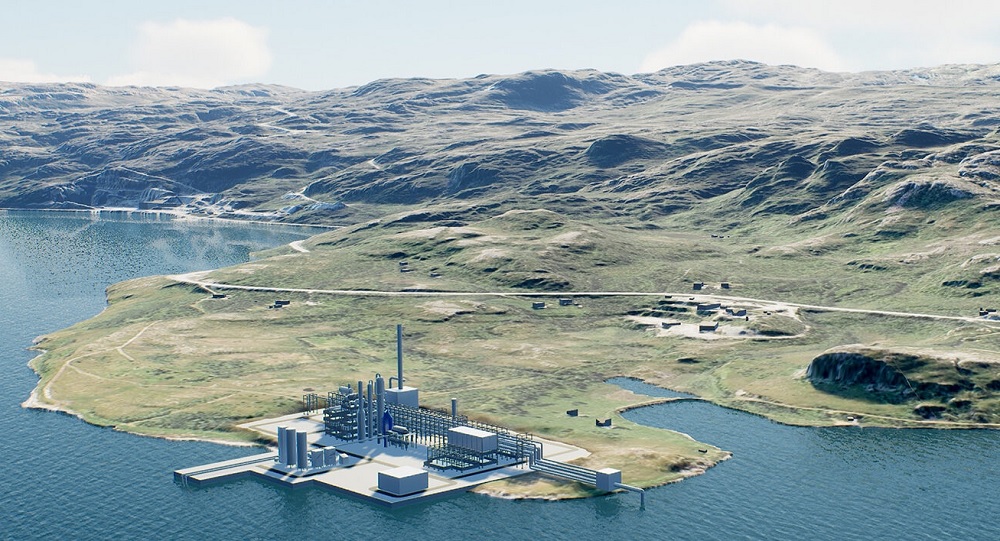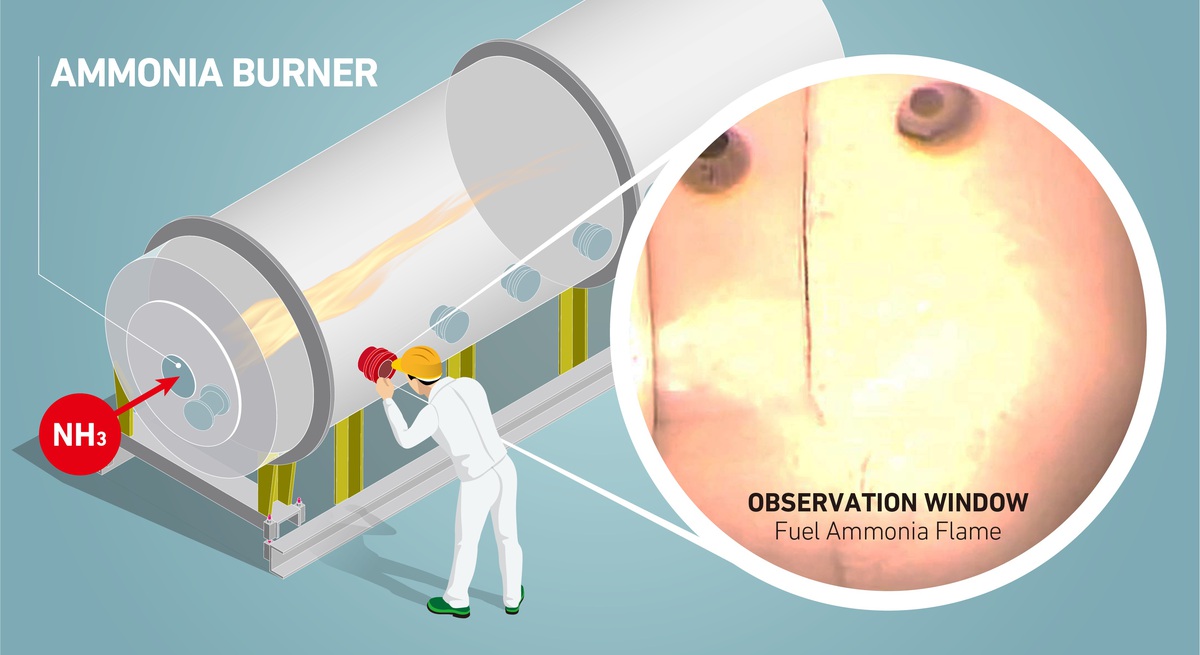The Los Angeles Clean Energy Target & ammonia energy
This week the Los Angeles City Council voted to transition to 100% clean energy by 2035, in line with President Biden’s national goals and a decade earlier than the city originally planned. This huge rollout of renewable energy generation is expected to be accompanied by a keystone role for renewable hydrogen, ammonia and synthetic methane for combustion-based power generation.









